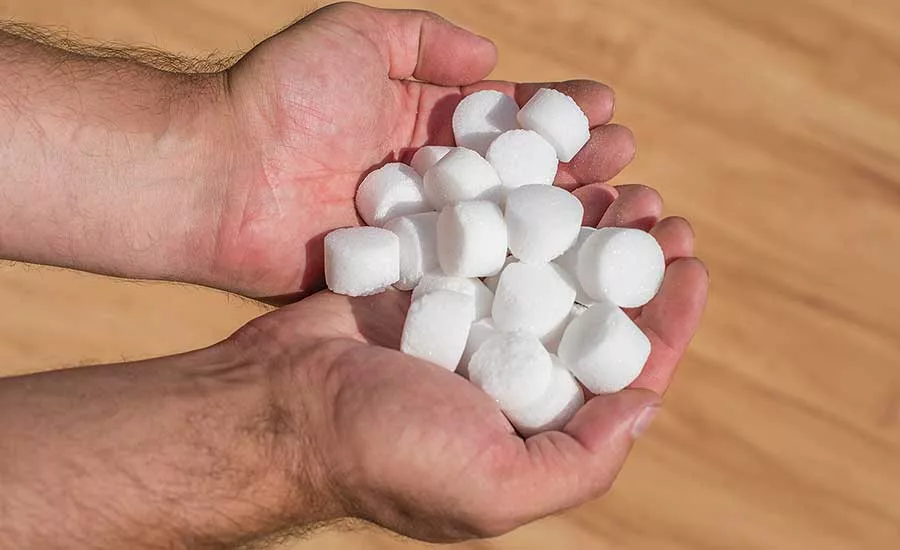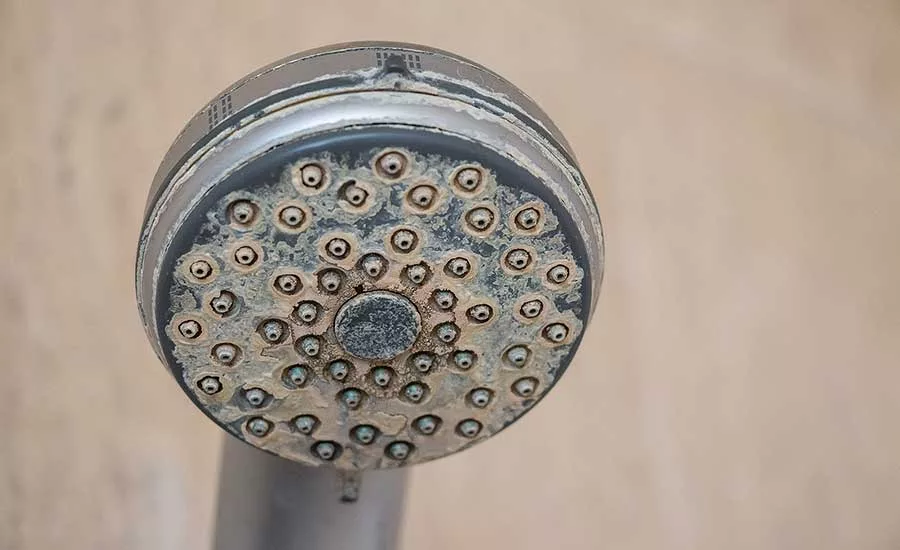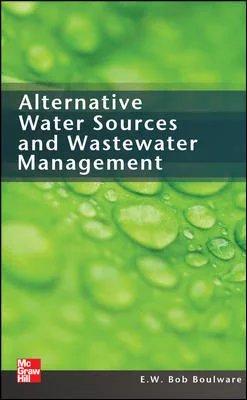Taking the mysteries out of water treatment
Problem water can create issues that lead to unwanted, additional service calls for your business.

Water softening resin is charged with sodium, which is exchanged for the calcium and magnesium that is retained inside the softener.

The biggest issue with hard water is the deposit it leaves behind, which clogs pipes and fixtures, wears down appliances, and creates many other headaches for homeowners.
Plumbers are already pumping, pressurizing and heating water, but how much do they know about water quality and how to properly treat water to solve problems in the modern home?
Water in the residences and businesses where your customers live and work touches the pipes, plumbing fixtures, and hot water heaters, as well as dishwashers and washing machines. Something as basic as elevated hardness could easily cause problems for your customers, especially if they have high-efficiency appliances and low-flow fixtures in their household.
Problem water can create issues that lead to unwanted, additional service calls for your business. But, when you take the mysteries out of the water and gain an understanding of the science behind how to treat it, you’ll become a much better contractor — and your customers will benefit from having a local water quality expert.
Arming yourself with knowledge is the first step in becoming familiar with the best practices of water treatment. Here’s a high-level explanation of two of the most common factors in water quality: hardness and corrosion.
Hardness
Water is considered “hard” when it contains metal ions, or minerals, which are dissolved in groundwater. That includes calcium, magnesium and iron. Although hardness levels vary greatly by region, most homes with private wells have hard water, and many homes on municipal water do, too. In fact, more than 80% of households in the U.S. have hard water.
The biggest issue with hard water is the deposit it leaves behind. This causes excessive soap scum, clogs pipes and fixtures, wears down appliances, and creates many other headaches for homeowners.
Water softeners remove hard minerals through an ion exchange process. Water softening resin is charged with sodium, which is exchanged for the calcium and magnesium that is retained inside the softener. This creates the soft water that is ideal for cleaning and bathing.
When it comes to iron, typical softening may not do the trick. In some cases, ferrous iron, which is dissolved and colorless in the water, needs to be oxidized so it turns into a particle (ferric) and can be filtered out of the water.
Corrosion
Plumbers have certainly witnessed their fair share of problems caused by corrosive water. Certain properties of water increase its corrosiveness, which negatively impacts plumbing and appliances:
-
Temperature. Raising the temperature of water allows oxygen to escape, which can cause corrosion and pitting in copper and iron piping.
-
Pressure. Lower water pressure combined with hot water will magnify corrosion.
-
Total dissolved solids (TDS). This is the measure of all organic and inorganic matter in water. TDS levels above 2,000 cause corrosion through electrolysis. TDS levels below 80 cause corrosion from an appetite to dissolve more minerals.
-
Potential of Hydrogen (pH). Pure water is neutral, but it can become acidic or basic depending on what chemicals are mixed with it. Acidic water (low pH) can cause pinhole leaks in pipes as well as blue/green staining. Basic water (high pH) leads to build-up and clogging of pipes.
We are only scratching the surface of water chemistry here. Once you have a deeper understanding of the science, you need to know how to test and measure water quality. Then, you must learn how to treat the water with the right equipment and most effective media.
That’s where the real opportunity lies, because water treatment in the typical household is no longer a luxury — it is a necessity.
Water challenges in the modern home
In just a few years, the demand for in-home water treatment has increased noticeably, and much of that is because of the pursuit for more efficient and environmentally friendly homes.
Fixtures and appliances are being designed to use significantly less water. For example, toilets went from using 1.6 gpf to 1.26 gpf, and some use as little as 1 gpf.
Low-flow fixtures help homeowners conserve water. However, if there’s just a little bit of calcium buildup in the tiny holes of a low flow showerhead, suddenly the homeowner isn’t getting enough water to rinse their hair. The same goes for a low-flow toilet. When there is lime scale buildup in the toilet’s trap, it won’t flush the way a homeowner expects.
The Water Quality Association (WQA) has conducted conclusive research on how hard water and soft water affect appliances like water heaters. The results were clear: Hard water accelerates wear and reduces the expected lifespan of appliances. Soft water, on the other hand, leads to reduced detergent usage and requires lower water temperatures, which means less corrosion.
Detergent is yet another issue. Due to environmental concerns, phosphates were removed from laundry and dishwashing detergents. Those phosphates helped soften hard water, making detergent more effective at cleaning dishes and laundry.
After the detergent formula changed, many people thought their dishwashers and washing machines weren’t working. It’s gotten to the point where some manufacturers are building water softeners into dishwashers.
Of course, a more permanent, all-encompassing solution is to have a whole-house water softener installed. Making a recommendation like this is an opportunity for plumbers to establish themselves as helpful experts. If you start selling and installing water treatment equipment, it’s also a new revenue stream. As a plumber, you’re already having conversations with people directly related to water quality. Why not help them fix it?
But, first thing first. Find resources and experts to help you learn about the science and art of treating water so you can advise your customers with confidence.
Looking for a reprint of this article?
From high-res PDFs to custom plaques, order your copy today!





